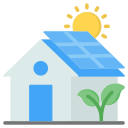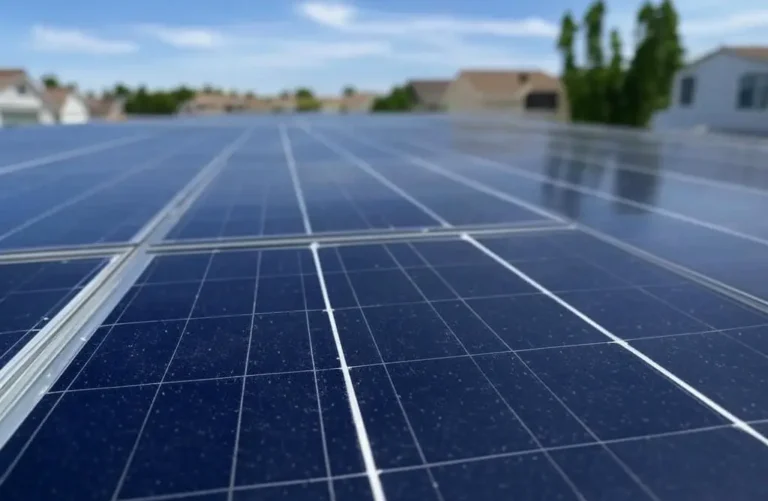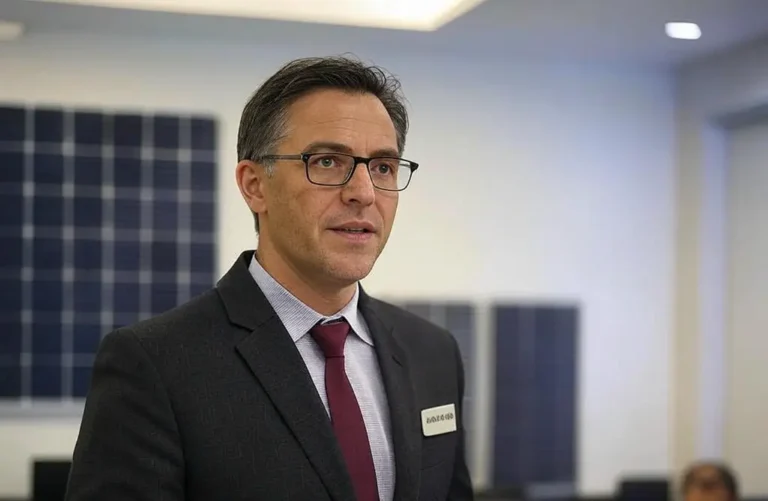Siemens Solar Quick Tips: Integrating Battery Storage with Your Solar System
Battery storage is a game-changer for solar energy systems, allowing users to store excess power for use during nighttime, cloudy days, or power outages. Siemens Solar, a pioneer in photovoltaic (PV) technology, offers expert guidance to seamlessly integrate battery storage with our advanced solar systems, enhancing energy independence and reliability. Originally a brief tip on our website, this “Quick Tips” article has evolved into a comprehensive guide on adding storage to Siemens Solar systems like the SMX-Next series. Covering benefits, sizing, installation, and maintenance, this article provides practical advice to maximize your solar investment, drawing on Siemens Solar’s decades of expertise in renewable energy solutions.
Why Integrate Battery Storage?
Solar panels generate power when the sun shines, but energy demand often peaks at night or during bad weather. Without storage, excess daytime energy is lost or sold back to the grid at low rates. Siemens Solar’s battery solutions, paired with our 24% efficient SMX-Next panels, store this energy for later use, ensuring you get the full value of your system.
“Storage turns solar into a 24/7 solution,” says Dr. Lars Becker, Siemens Solar’s Storage Specialist. “It’s about control—using your power when you need it most.” A 5 kW system with 10 kWh storage can save an additional $500-$1,000 yearly by reducing grid reliance.
Benefits of Battery Storage
Adding storage offers significant advantages:
- Energy Independence: Reduces reliance on the grid by 50-80%.
- Backup Power: Keeps essentials running during outages.
- Cost Savings: Uses stored energy instead of peak-rate grid power.
- Sustainability: Maximizes renewable energy use.
Step 1: Assess Your Storage Needs
Determine your nighttime or backup energy needs by reviewing your daily kWh usage (e.g., 10-20 kWh for a typical home). Siemens Solar’s app helps calculate this based on your system’s output and consumption patterns.
Step 2: Choose the Right Battery Size
For a 5 kW system generating 20 kWh daily, a 10-15 kWh battery covers nighttime use (8-12 kWh), while 20 kWh ensures full backup. Siemens Solar offers scalable lithium-ion options from 5 kWh to 100 kWh.
Step 3: Installation Tips
Place batteries in a cool, ventilated area and connect them to your inverter with Siemens Solar’s certified kits for seamless integration.
Step 4: Maintenance
Monitor charge levels monthly via the app, avoiding full discharges to extend battery life to 10-15 years.
Examples
California Home
A 10 kWh battery added to a 5 kW system powers a home during outages, saving $800 yearly.
India Off-Grid
A 20 kWh battery supports a 10 kW system, ensuring 24/7 power for a rural clinic.
Advanced Tips
Use Siemens Solar’s hybrid inverters and seasonal charging adjustments for optimal performance.





